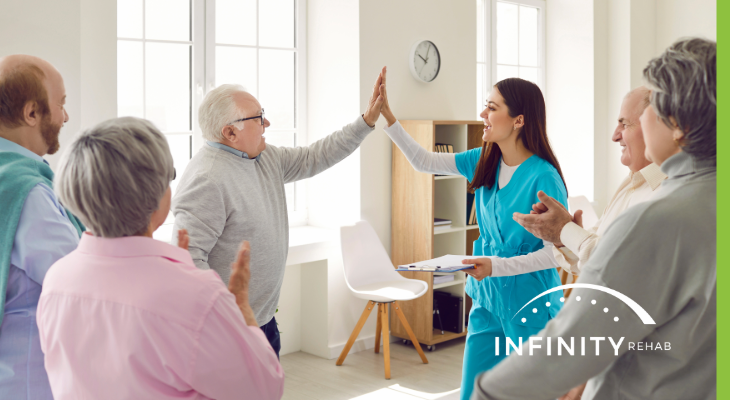The past 10 years have changed the way we think about neural plasticity- once we regarded brain neuronal function as static and set, now we realize that what is “static and set” might in fact be us, and our routines! One of the fastest growing areas of concern for aging baby-boomers is maintaining mental acuity and attention span. To aging boomers and our older adults, here are a few exercises to challenge you and stimulate interconnectivity in your brains!
The following are “neurobic exercises” that are put forth by the authors above to “help prevent memory loss and increase mental fitness.” (Note: This book is being added to the resource library). “Neurobics aim to help you maintain a continuing level of mental fitness, strength, and flexibility as you age.”
1. Shower with your eyes closed
2. Brush your teeth with your non-dominant hand (including opening the tube and applying toothpaste). This requires you to use the opposite side of your brain instead of the side you normally use.
3. The next time you go to get in your car, enter and get ready to start the car with your eyes closed. Using only your sense of touch and spatial memory, find the correct key on your key chain, unlock the car door, slide into the seat, buckle your seatbelt and insert the key into the ignition. Don’t forget to open your eyes before driving!
4. Place a cup filled with different coins in your cup holder. While at a stoplight, try to determine different denominations by feel alone. Because we normally discriminate between objects by looking at them, our tactile discrimination abilities are flabby. Using touch to distinguish subtly different objects increases activation in cortical areas that process tactile information and leads to stronger synapses.
5. Learn Braille. Learning to make distinctions and associations with your fingers activates a whole new set of pathways linking the cognitive regions of your cortex to the sensory regions.
6. Turn pictures of your family, your desk clock, or an illustrated calendar upside down. When we look at a familiar picture right side up, our left brain quickly labels it. When the picture is upside down, the quick labeling strategy does not work and our right brain networks kick in.
7. Rearrange the location of familiar things (in your kitchen/on your desk/in the bathroom). This reactivates spatial learning networks and gets your visual and somatosensory brain areas back to work, adjusting your internal maps.
8. Use only one hand to do tasks like buttoning a shirt, tying a shoe, or getting dressed.
9. Take a different route to work. On your routine commute, the brain goes on automatic pilot and gets little stimulation or exercise. An unfamiliar route activates the cortex and hippocampus to integrate the new information.
by Lawrence C. Katz & Manning Rubin





